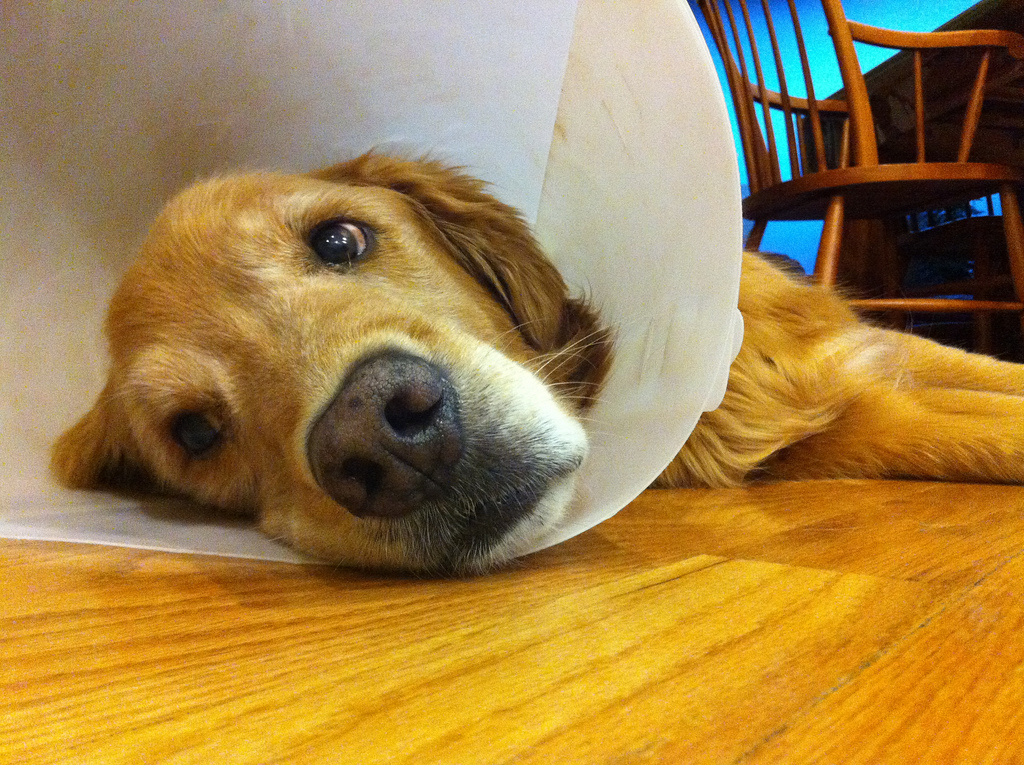
Reading time 2:57
I find the origin of words and phrases fascinating. This phrase was a new discovery for me, not because I had never heard it before, but rather because I just became aware that it has an actual meaning. In movies (i.e. “Scent of a Woman” https://www.youtube.com/watch?v=YuYUzjNiZqk ) or just in jest, I have often heard HUA uttered. Usually by a military figure and most often by a male. I always thought it was just a guy thing. Kind of a masculine and/or military type of grunt. I had no idea it was an acronym. It has many spellings and variations in the pronunciation, but for the acronym, we will return to its simplest form.
HUA stands for “Heard, Understood and Acknowledged”. I love that! It’s a great acronym for a meaningful sequence of events that is important in both our professional and personal lives. There is a lot of talking going on all the time, but how much listening are we doing?
I have always liked this quote by Stephen Covey. “The biggest communication problem is we do not listen to understand. We listen to reply.” It is so true and that lack of listening to understand is becoming a major problem. Do you listen carefully to your patients? Do you hear what they are saying?
When I graduated, my first job was in the Department of Ophthalmology at the Cleveland Clinic. I remember one of my mentors saying that we, in eye care, are lucky. If we listen to a patient, they will usually tell us what their problem is before we even do any examination. This was back before the days of Google and he didn’t mean that they would come up with the definitive diagnosis. What he meant was that from the patient’s chief complaint and a few well-placed questions, a viable differential diagnosis could be created. And he was right. In fact, I enjoy seeing if my diagnosis from just listening to the patient’s complaints and comments will match my final diagnosis. I am surprised by how often it does.
But, listening doesn’t stop there. What about your staff? Do you listen to them and their concerns and ideas? If you aren’t, you are missing one of the most valuable resources you have. Some of your staff may be new to eye care, but others have years of experience. They have worked other places and seen the good and bad in other offices. Why aren’t you utilizing their experience?
I have heard it said that when you hire a pair of hands, you also get a brain for free. So why not use staff ideas and experiences to benefit your practice? Make yourself open to your staff’s suggestions and observations. Our staffs are on the front line and they can often see both problems and solutions. But, do you listen to them when they tell you something? I’m talking about the day-to-day running of your office. Encourage your staff to offer you suggestions and ideas. But more important, listen to your staff and consider their ideas. Be open-minded. You might learn something new.
Another benefit of welcoming ideas from your staff and letting them help to develop the solution means your staff will be more likely to make sure it works. We all buy into solutions we had a part in developing. It also delivers the message that every staff member is an important part of the team. Showing your staff members you hear them and value their input, makes them a more willing and productive member of your team. It also creates a positive work environment which benefits everyone.
It is so simple, but profound. Just learn to listen! Make HUA your credo. And even better – why not HUAA. Heard, Understood, Acknowledged and Appreciated!
Since our technicians often take the history before we see the patient, how much of the history, if any, do you repeat to be sure all pertinent information is there? Do you want to hear a patient tell you their chief complaint themselves? How do you facilitate and encourage your staff to help solve problems in your office?
Leave your comments below. We are always anxious to hear new approaches to improve communication.
This has nothing to do with the blog and is just for fun: If you would like to see the famous tango scene from “Scent of a Woman” with Al Pacino playing a blind retired soldier, the link is provided here: https://www.youtube.com/watch?v=F2zTd_YwTvo. Enjoy it.






